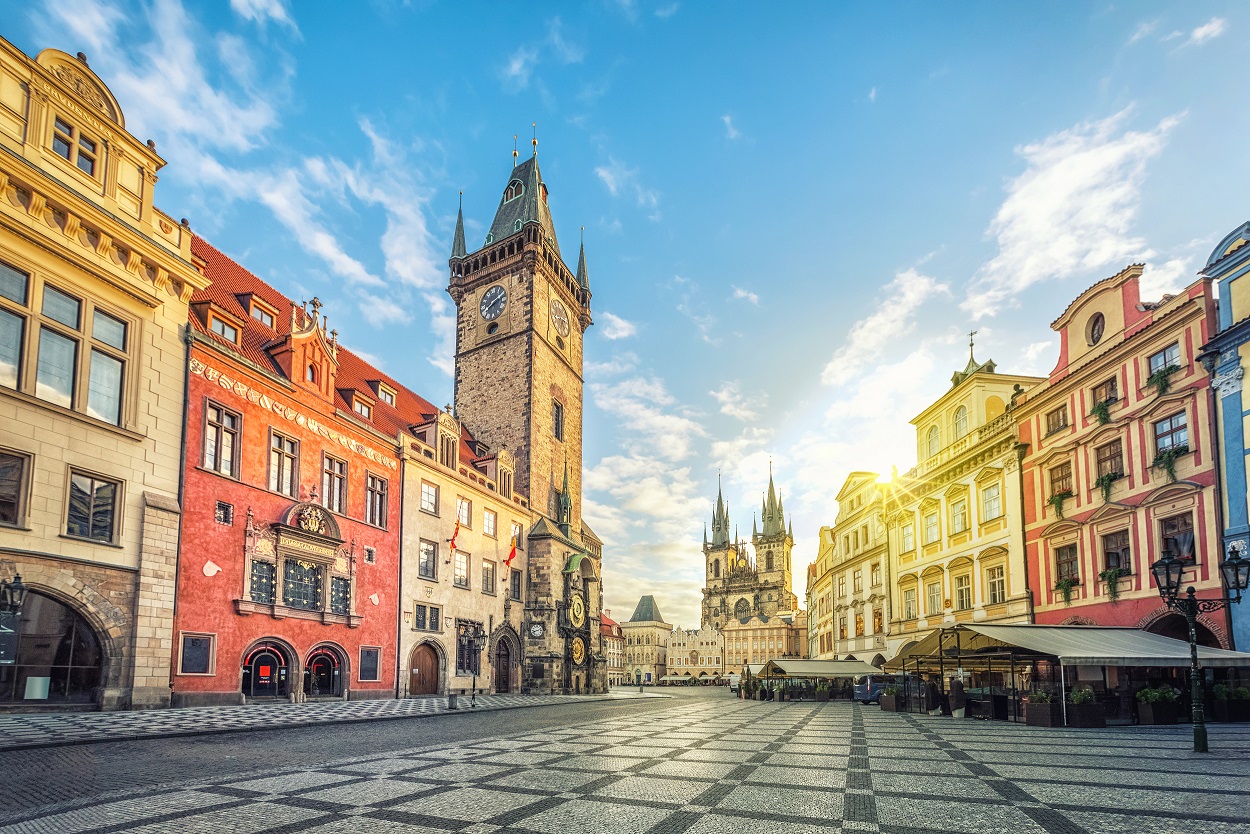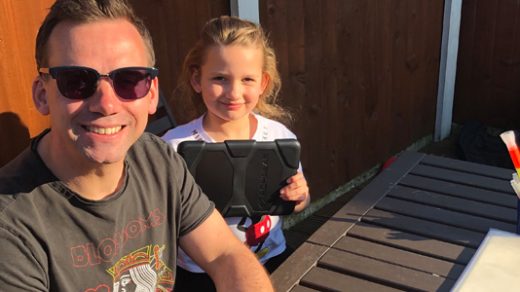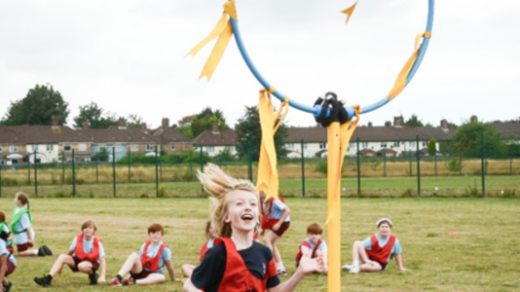Creating an inclusive study trip itinerary

Spokesperson: Kate Erskine, head of Diversity Study Trips
Unlocking educational opportunities for every student
In recent years, there has been a shift towards ensuring a more LGBTQ-inclusive education sector. Education should extend far beyond the boundaries of Pride Month, so this change in schools has made an immeasurable difference to the lives and livelihoods of LGBTQ+ students throughout the year.
Educational opportunities should not only be accessible to every student in communities and schools, and no place better can this be expressed than with study trips. Going on study trips enriches and expands the mind in many ways, helping students gain a deeper understanding of different cultures and supports their personal development.
Therefore, creating school trip itineraries that are LGBTQ-inclusive is a surefire way to ensure that all students feel a sense of belonging when learning outside of the classroom.
What does an inclusive study trip itinerary look like?
In truth, an LGBTQ-inclusive study trip itinerary does not look wildly different from what you’d expect from any trip itinerary. The safety and wellbeing of students will always be the key priority for teachers, and budgets will always be set. But below are some key considerations to make when planning and executing this itinerary:
- Learn more about the LGBTQ+ community
It sounds simple, but this is always a good first step to consider before planning a study trip.
The time spent doing this will influence the language used and decisions made when putting together the itinerary. Demonstrating this level of inclusivity to all students will help encourage participation and create a shared understanding that bodes well for how the trip is conducted.
- Involve LGBTQ+ students when planning
When speaking with teachers, this consideration comes up often. It is arguably one of the most important considerations to make when planning a study trip. Engage with LGBTQ+ students when planning trip objectives, locations and activities, who may provide invaluable insights for the itinerary.
- Location
There are more places in the world than ever before that can be described as safe and inclusive for all students when visiting. Research the country or cities’ history in relation to the LGBTQ+ community and the type of landmarks or activities that will be available.
Preparing activities such as walking tours and museum trips encourages the students to take an interest in the achievements of people in the LGBTQ+ community. All it takes is for one or two activities on the itinerary to be focused on inclusivity for students to feel seen and celebrated.
It is important to remember that LGBTQ+ students may find it difficult to discuss and learn about the oppression faced, historically or modern day, so have those discussions early.
- Find a trusted travel partner and expert
Planning and managing a successful study trip can be time-consuming and overwhelming for educators, particularly with these added considerations. Find a trusted travel partner that can make life easier developing an inclusive itinerary, and help provide a seamless experience for students and teachers alike.
Benefits of an inclusive itinerary
Outside the classroom is the perfect space to learn about other communities, cultures and experiences. Many young people can feel lost in their identities, and taking them out of the school environment can encourage students to learn more about themselves – whether that’s about where they fit in, a passion they’ve discovered or making different friends.
Whether an LGBTQ+-inclusive activity is added to a curriculum-based trip, or the study trip is centred around celebrating the community, it will greatly add to the experience of the students. They can gain cultural capital whilst developing social awareness and learning about others.
Here are the Top 3 LGBTQ+-inclusive Overseas Destinations for 2024
New York is one of the most vibrantly inclusive cities in the world, and it played a pivotal role in LGBTQ+ history. There is a wealth of opportunities to explore the cultural, social and political fabric of the community. The Leslie-Lohman Museum of Gay and Lesbian Art is a must-see, as it displays 30,000 pieces of queer art spanning over three centuries.
Madrid is a modern capital that is filled with art, history, gardens and cuisine to explore. Students love the walking tour of Chueca, the vibrant LBGTQ+ neighbourhood in the city.
Berlin is another must-see for an LGBTQ+ centred trip, as the rich history is crucial to understand the painful past of those in the community. Students can explore the bold and loud culture of Berlin, whilst also exploring the history of the city.
Expand horizons beyond pride month
More schools in the UK are creating trips that are inclusive of students from the LGBTQ+ community. It’s important that this shift in focus from schools continues to extend past Pride Month and inclusive itineraries are normalised.
Inclusive trips where students (and teachers) gain a deeper understanding of LGBTQ+ history, culture, and advocacy, can only benefit their empathy and commitment to inclusivity.








